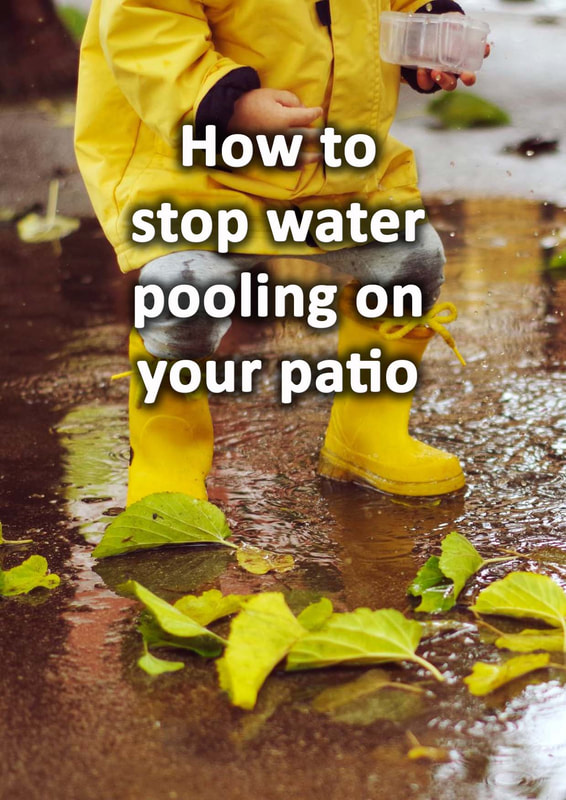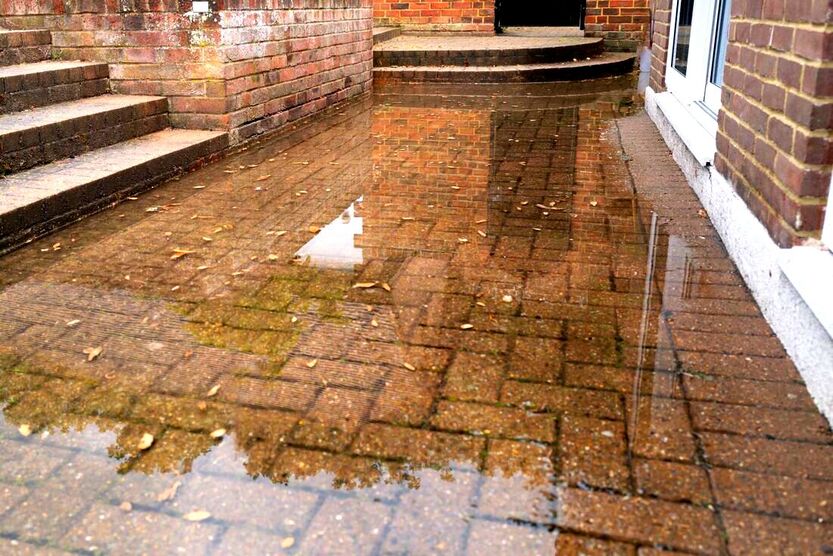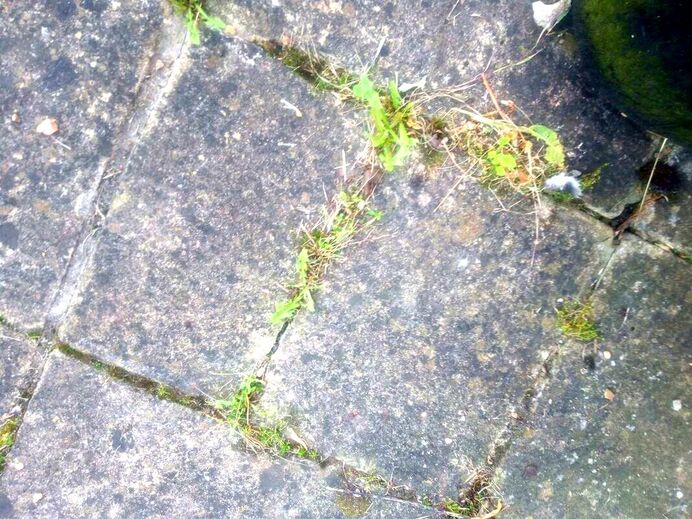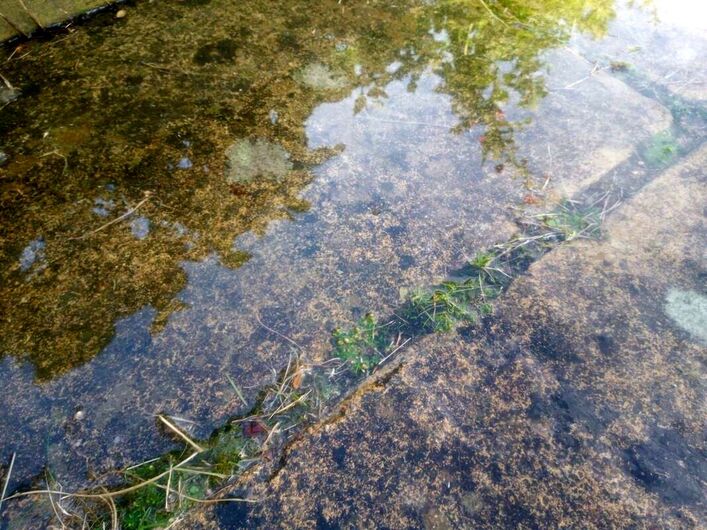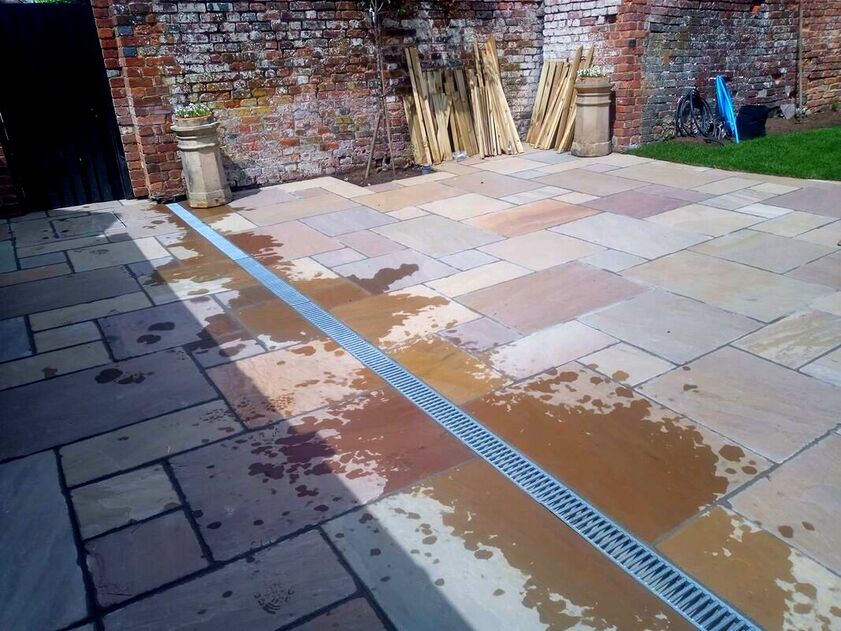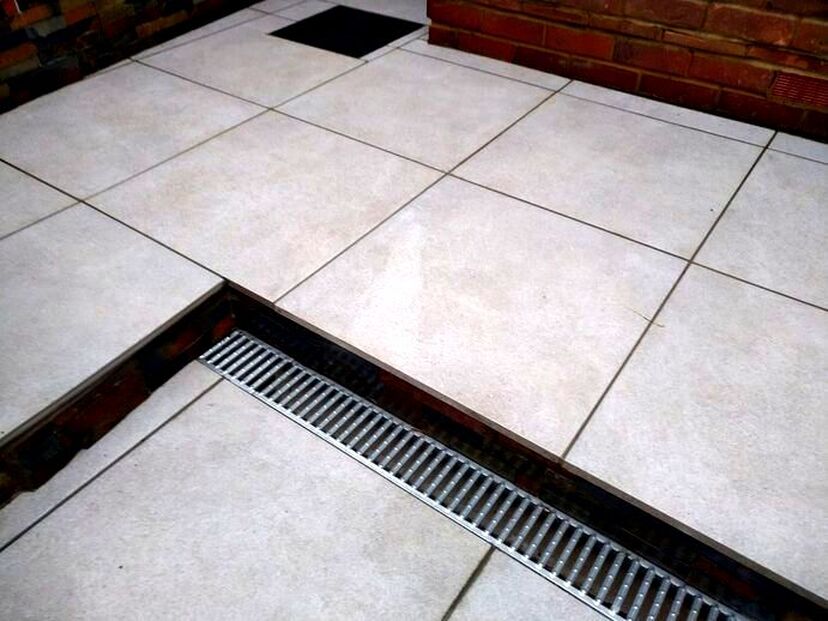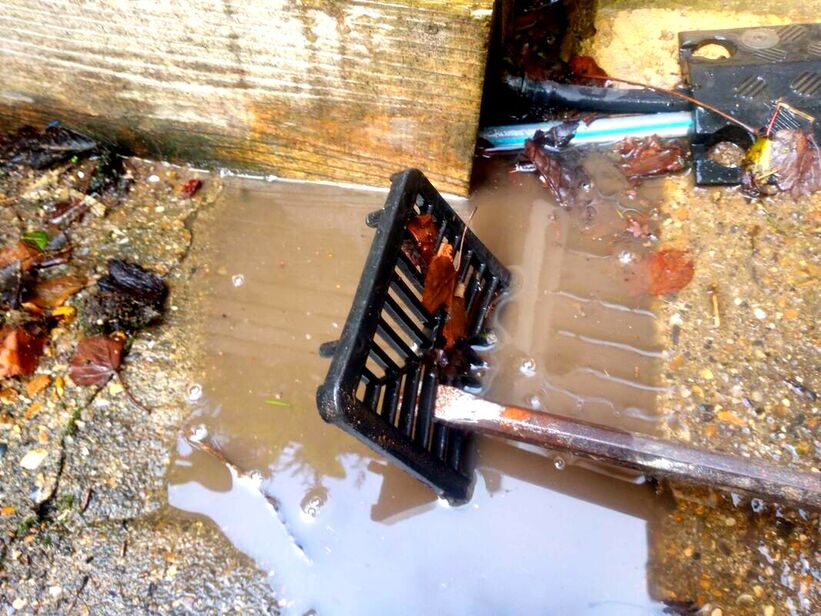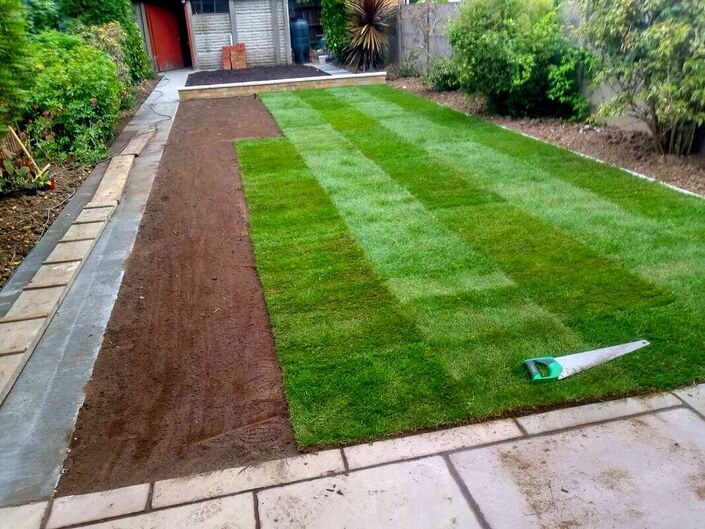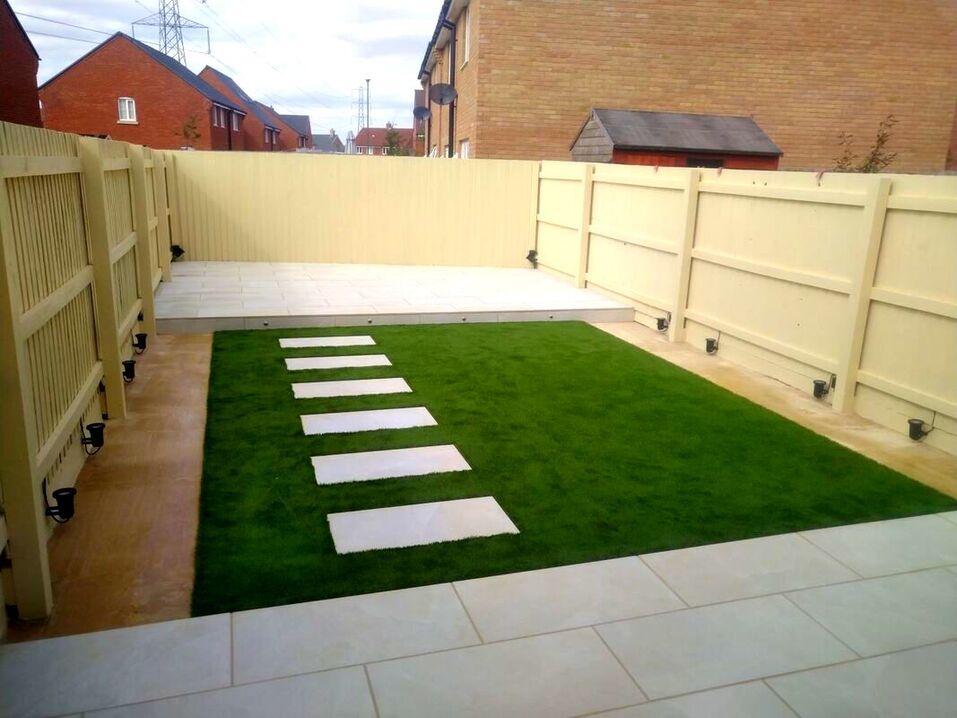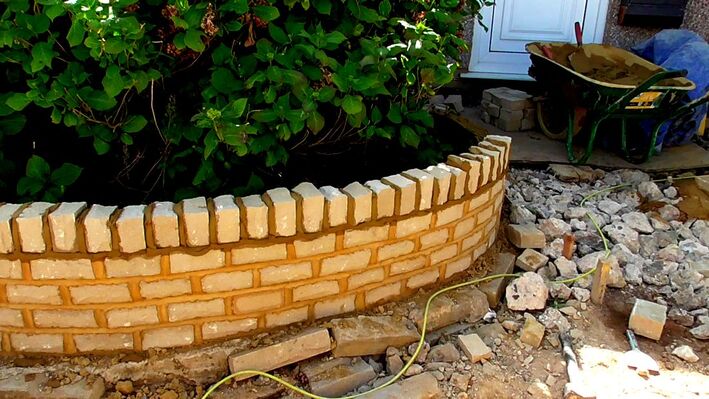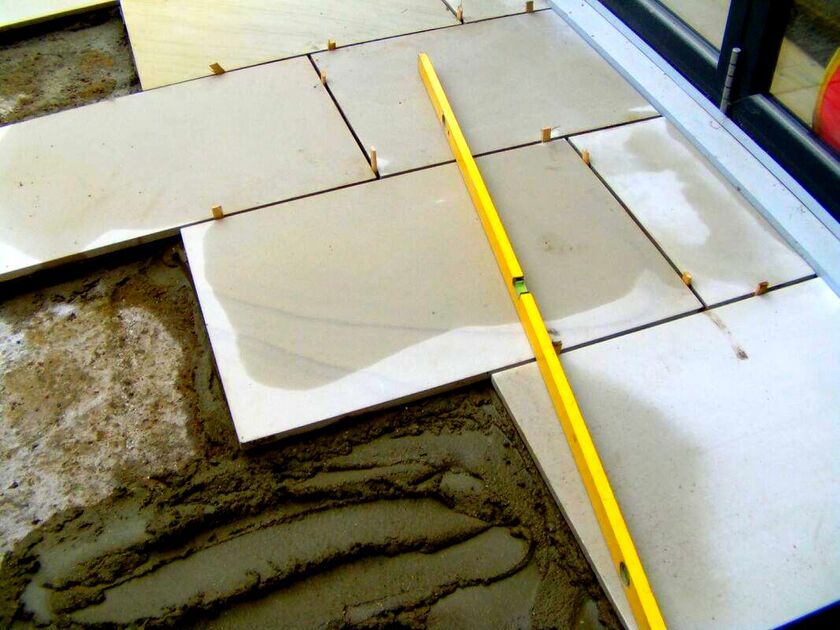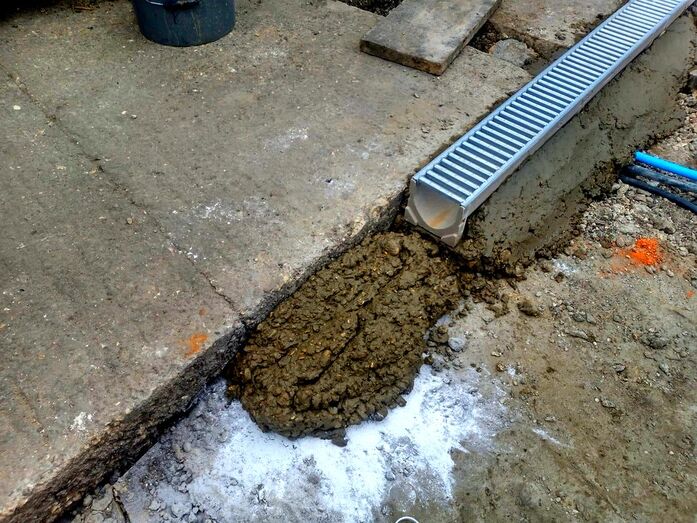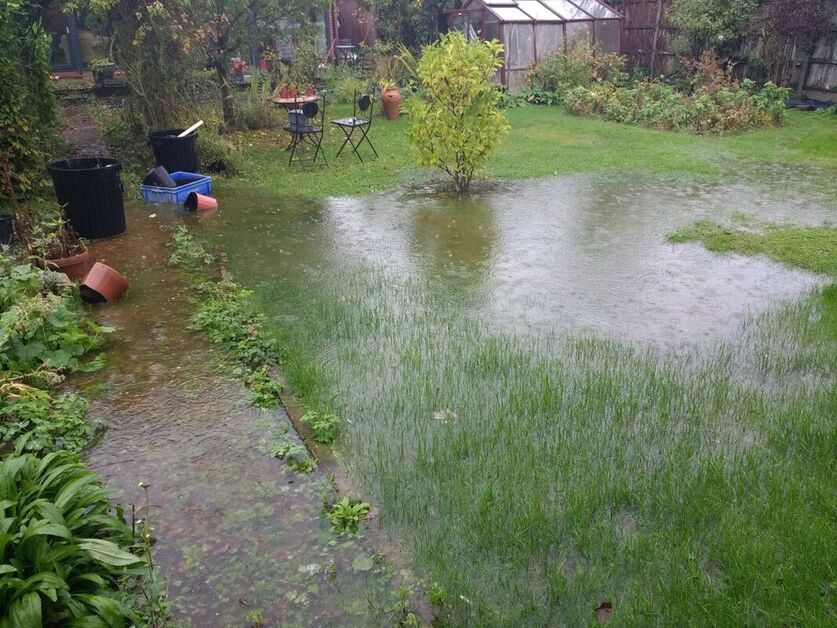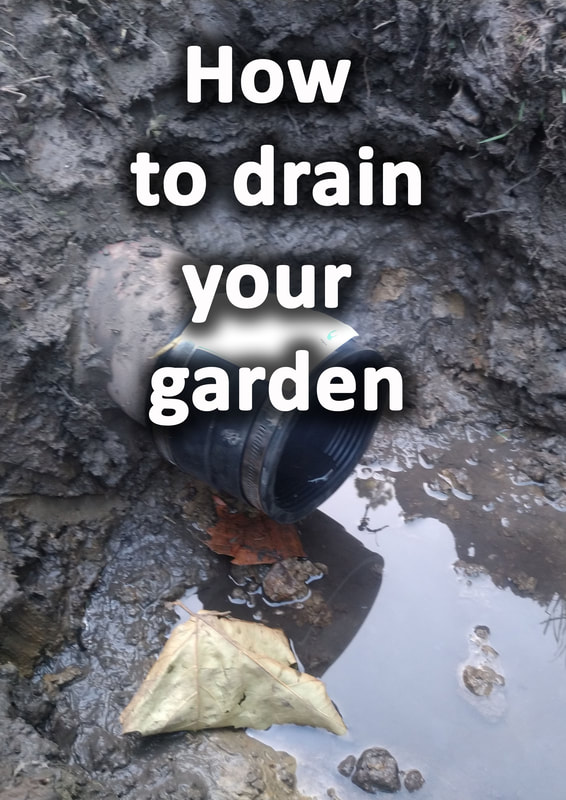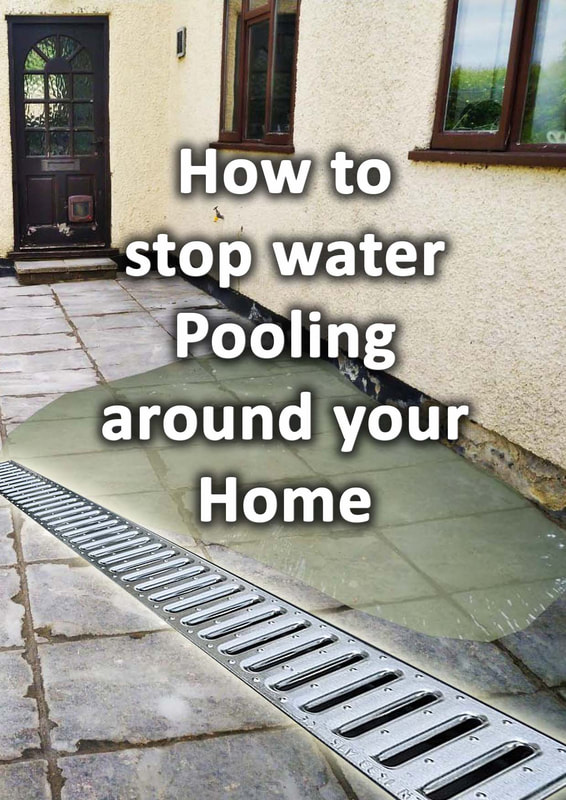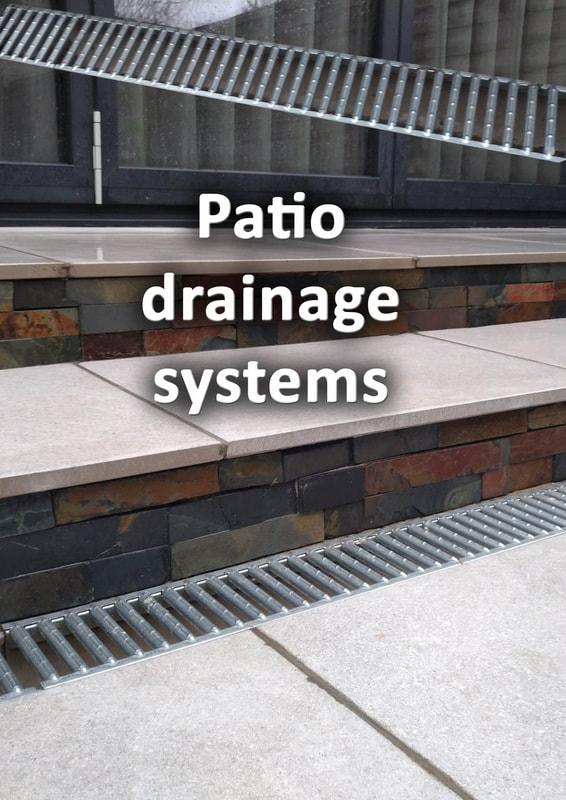|
This article contains affiliate links
There is nothing more frustrating than having puddles on your patio. When the rain stops and the sun comes out puddles and damp spots can really ruin your outdoor space.
Unfortunately water pooling on patios is one of the most common garden problems. Not only can it affect old patios but new patios which were not installed correctly. Rainwater pooling on patios can take the shape of localised puddles or substantial flooding events. In this article I will explain the disadvantages of standing water on patios and other hard surfaces. I will explain the common causes of water pooling on paving and how these can be resolved. Why is standing water on your patio bad?
Why is water pooling on my patio?
There are actually a few reasons why water could be pooling on your patio. Some of these may actually have nothing to do with the patio itself. A change in the surrounding garden or surrounding landscape can occasionally be to blame. However, most of the time puddles on patios are more to do with the patio itself. Either individual low spots are collecting water or the patio drainage strategy as a whole has failed. Below I will list and summarise some of the most common reasons for surface water pooling on patios. Broken paving
If a paving slab becomes broken it often will not maintain the same level as it did before. This can lead to water becoming trapped and pooling within a certain area. If a few slabs are broken, this can lead to even more water pooling on your patios surface. Sinking paving
Sinking paving is typically a symptom of patios having been laid with an insufficient base. During a shock or impact event paving can occasionally sump into a low spot. As the low area collects more water the underlying ground becomes more saturated. This leads to further sinking and more water pooling on the patio over time. Incorrect paving falls
It is very typical for patio builders to lay paving to a fall or very slight gradient. This is to help divert rainwater to a drainage feature or away from potential entrapments. Occasionally patios can be laid with incorrect falls leading to trapped and pooling water. Lack of a patio drainage strategy
If patio drainage hasn’t been conceived or planned for from the very beginning it can lead to pooling water. It is very common for inexperienced pavers to underestimate the importance of a patio drainage strategy. Consequently such patios and end up with excessive trapped surface water with nowhere to escape. For a full guide and overview of patio drainage visit our resource here. Silted or blocked drains
Many patios are built with a drainage strategy in place but over time they have failed. This can be due to old soak ways silting, channel drains becoming blocked or blocked sump drains. Consequently, it is always good to investigate if there is a drainage system which has become blocked. Why not visit our article onhow to unblock a garden drain. Ground movement
It is sometimes the case that ground movement can cause subsidence under a patio. This may not be due to incorrect construction but simply natural ground movement. Although rare, these events can occur in areas with calcium rich or sandy subsoil. Ground movement can also happen in areas with undulating topography. Recent building work
Although rare it can sometimes be the case that nearby construction has led to water pooling on your patio. New extensions, out-buildings and hard surfacing can increase surface run off around your property. If the surrounding ground cannot absorb the new water runoff this can lead to flooding. Not only can this cause water pooling on your patio it can also lead to boggy lawns and flower borders. A new lawn
A new lawn may seem like an unusual reason for water pooling on a patio. However, it is commonplace for many patios to run water onto existing lawn areas. Normally such lawns are ever so slightly lower than the existing patios level. This allows water to escape from the paving and be absorbed by the grass. It is common for new lawns to be laid completely flush and level with existing patios. This can lead to a damping effect where water becomes trapped onto the patio with nowhere to escape. Artificial lawn installation
Artificial lawns have become an increasingly popular, low maintenance trend in back gardens. Few are aware however of the unintended drainage consequences of installing artificial grass. If you are removing a traditional lawn, an artificial lawn will not absorb rain water as it did before. Artificial lawns typically are based on aggregates like patios. When topsoil is removed you are taking away your soils natural ability to absorb water. If you have installed artificial grass and now have water pooling on your patio, you must install drainage. This could be either a drainage chamber, drainage channel or soak away system. Raised bed installation
Many don’t assume that building a raised bed could cause pooling water on a patio. However, it is very possible to unintentionally dam surface run off with new raised beds. It is a common desire to encompass patio areas with raised planters. This can help to provide enclosure, shelter and privacy. Occasionally however, such structures block patio run-off from reaching its drainage destination. Furthermore, drainage water from raised beds will slowly ooze from weep holes onto paving. This can lead to a steady stream of pooling water on patios. In such scenarios its best to install gravel traps or channel drains along the raised beds edge. Failed permeable paving
Permeable paving allows water to pass through reducing surface run off and the risk of flash flooding. Materials such as permeable block paving, resin bound aggregate and gravel enable runoff water to seep into the paving's surface. Permeable paving’s ability to reduce flash flooding and runoff into watercourses has earned a reputation for sustainability. However, in times of heavy rain permeable paving can become overwhelmed. This results in water pooling on the surface with the threat of localised flooding. How to divert water away from my patio
If surface water is running towards your patio, you will need to divert the water away. The most typical scenario here is when a garden slopes towards your paving. In such a case you will want to collect the water and divert it away from your paving. This can be achieved by installing either a channel drain or drainage channel. These will need to direct water towards a drainage feature such as a soak-away or swale. Why not read our articles on garden drainage, drainage channels and channel drains for more information. How to stop water pooling on your patioRe-level your paving
The most common reason for water pooling on your patios surface is insufficient level falls. This is where water cannot escape from the patios surface. Dips and low spots result in water pooling with no means of escape. The only real way to remedy this is to re-level your paving. Low areas should be re-laid to a flush and consistent level to prevent pooling. An assessment of the existing patios levels should also be undertaken. If falls do not allow water to run away then the levels will need to be changed. This could involve re-laying the whole patio. Install a grated channel drain
An effective way of draining away pooling water is to install a grated channel drain. You will need to neatly cut and excavate a channel within the paving itself. This can be a tricky process and may require skilled labour in order execute properly. If a channel drain will be the correct solution for you will depend upon your specific pooling problem. Channel drains work best when the run along the edge of a patio. If you have a single low spot of pooling water it would be best to re-lay this area level. Install a sump drain
Sump drains typically take the form of a small square drain installed to low spots in hard surfacing. These are more common within concrete surfaces with concrete laid with a fall towards the drain. Sump drains can be plumbed into a small soak away of drainage network. These drains can look a little unsightly but can help to drain away pooling water in patios. Create a new holistic garden drainage strategy
Very often, water pooling on a patio can be linked to other garden drainage problems. If your garden has existing drainage issues there is more chance of your patio flooding. Consequently it is always effective to assess your gardens wider drainage problems. This will enable you to create a new holistic garden drainage strategy. This could involve installing drainage channels which feed directly into a soak away system. For a more comprehensive resource on garden drainage visit our in-depth article on the subject here.
Thank you for reading our article on how to stop water pooling on your patios surface. If you are having problems with water pooling on a patio reach out to me.
Send me images of the problem from varying angles and I will try to diagnose the problem via email. Below I will link to some other articles you may also find useful.
'As an Amazon associate I earn from qualifying purchases'
0 Comments
Leave a Reply. |
The Author
|
Landscaping services across Buckinghamshire, Amersham, Aylesbury & High Wycombe
Hyde Heath, Amersham, Buckinghamshire |
|
